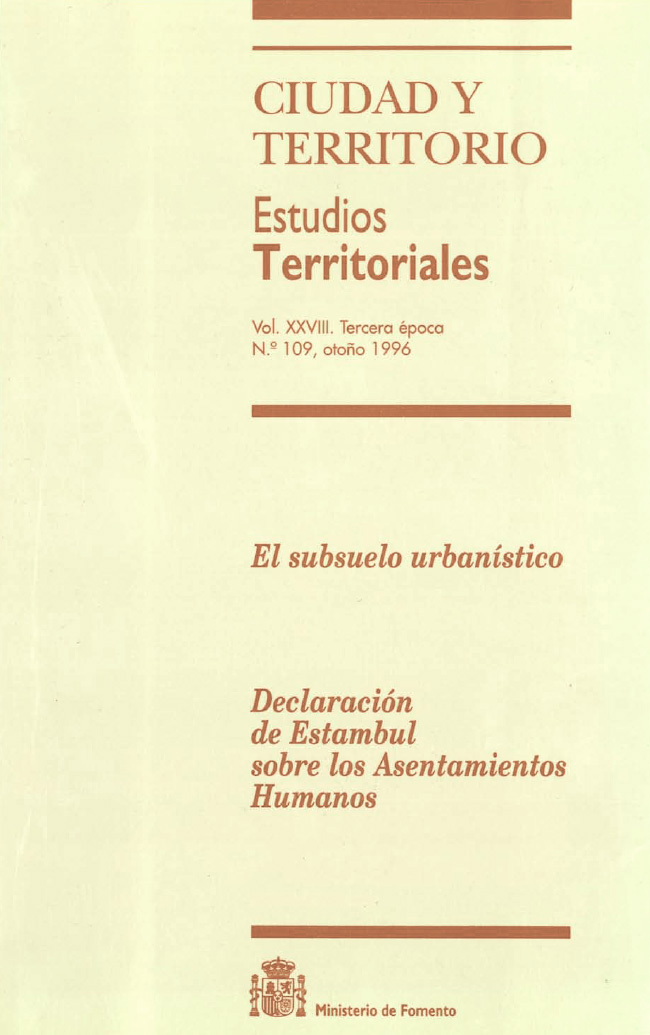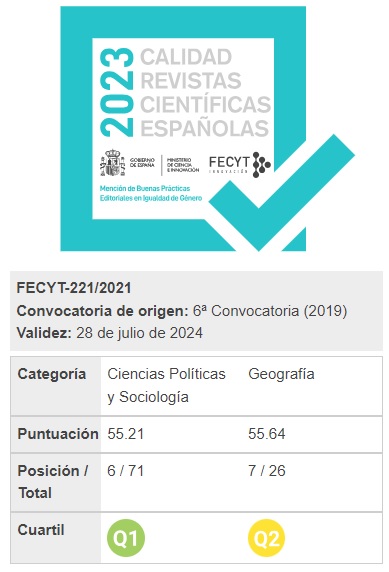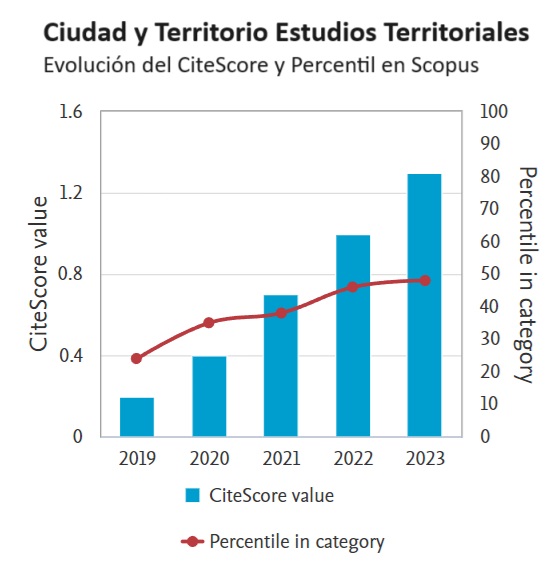Town and country planning for underground land
Abstract
The paper begins by offering a general cataloguing of types of architecture found underground throughout the
world running from the ancient and trogloditic on in to demonstrate how often such subterranean options have
been adopted . It next moves on to a consideration of the major solutions and the serious problems concomitant
upon them that great modern underground commercial or productive complexes are posing in the eyes of
various autonomous international congresses and research projects . A third part of the work then suggests an
integrating explicative model to legally define space as to town and country planning, that, grounding
itself upon the thesis that the public domain is anterior to any acquired property rights, can thus meet the
historical conundrum now faced by positing the notion of a «floating» volume and this in terms of either a space
or environment considered as being integrally within the public domain .Thus, the height or depth which any
built up property might attain as against its ground plan would ever be subject to such acts and particular town
planning requirements as might be in force in the area .To further clarify this proposal, a dual system of
symmetry for all domains (ground plan, section and mutual obligations) is established . This notion of the
floating character of property is seen as fitting in with the terms of the public domain that surrounds it only if
property is not understood to naturally extend itself everywhere that public precedence does not limit it, coerce
it or, in any way «ad extra», set at term on its spread . Here the paper holds that such an expansion could only
arise where public control of public space explicitly inhibits itself to the end of furthering that social purpose it
was established to promote and only then if such a Concession be protected by a halo of security or fixed
ambitus as to such an exception .
Downloads
Downloads
Published
How to Cite
Issue
Section
License
Copyright (c) 1996 Javier García-Bellido García De Diego

This work is licensed under a Creative Commons Attribution-NonCommercial-NoDerivatives 4.0 International License.
Considering the provisions of the current legislation on Intellectual Property, and in accordance with them, all authors publishing in CyTET give -in a non-exclusive way and without time limit- to the Ministry of Transport, Mobility and Urban Agenda the rights to disseminate, reproduce, communicate and distribute in any current or future format, on paper or electronic, the original or derived version of their work under a Creative Commons Attribution-NonCommercial-NoDerivative 4.0 license International (CC BY-NC-ND 4.0), as well as to include or assign to third parties the inclusion of its content in national and international indexes, repositories and databases, with reference and recognition in any case of its authorship.
In addition, when sending the work, the author(s) declares that it is an original work in which the sources that have been used are recognized, committing to respect the scientific evidence, to no longer modify the original data and to verify or refute its hypothesis. Author(s) also declare that the essential content of the work has not been previously published nor will it be published in any other publication while it is under evaluation by CyTET; and that it has not been simultaneously sent to another journal.
Authors must sign a Transfer of Rights Form, which will be sent to them from the CyTET Secretariat once the article is accepted for publication.
With the aim of promoting the dissemination of knowledge, CyTET joins the Open Journal Access (OA) movement and delivers all of its content to various national and international indexes, repositories and databases under this protocol; therefore, the submission of a work to be published in the journal presupposes the explicit acceptance by the author of this distribution method.
Authors are encouraged to reproduce and host their work published in CyTET in institutional repositories, web pages, etc. with the intention of contributing to the improvement of the transfer of knowledge and the citation of said works.








 Enlace a CyTET en Linkedin
Enlace a CyTET en Linkedin